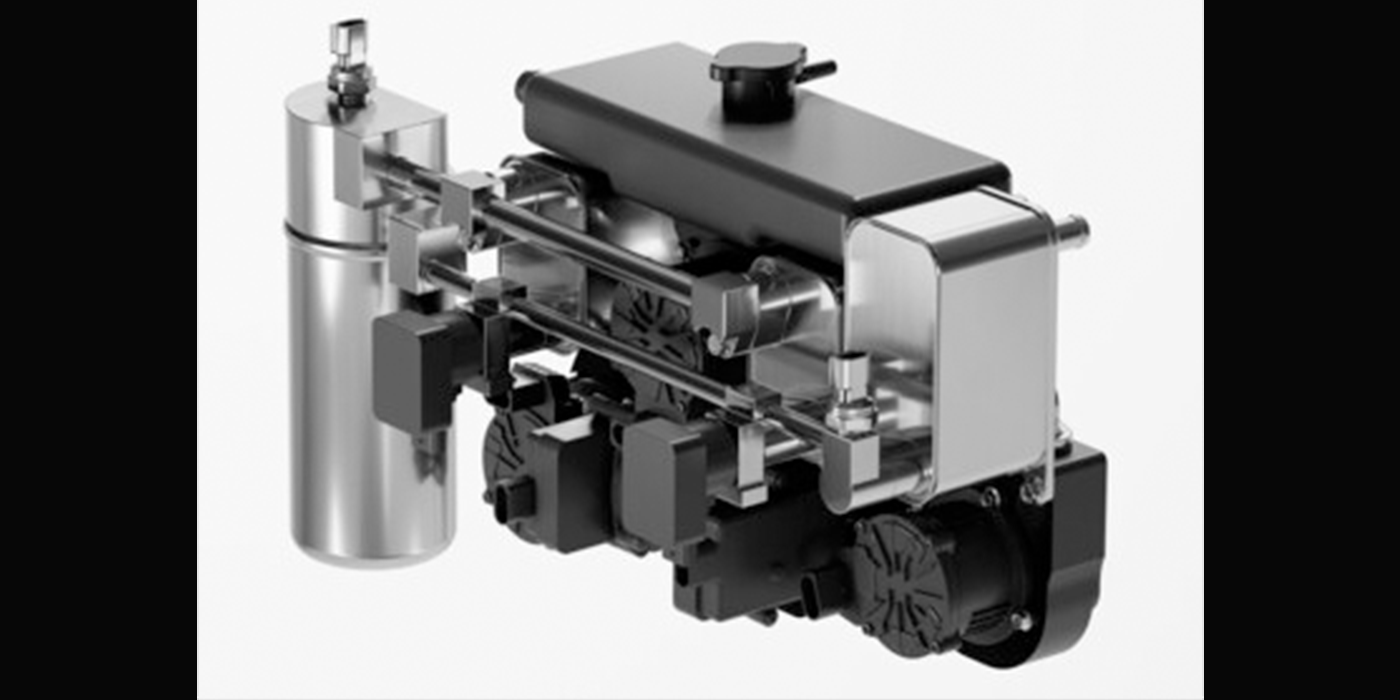From the Chicago Tribune
DETROIT — General Motors Corp., confronting the biggest challenge in its history –- survival — swallowed a bitter pill Monday and announced a massive plan to shrink itself.
The company that once dominated the global auto industry but is now hemorrhaging losses, said it will reduce its North American manufacturing capacity by nearly 20 percent, or 1 million vehicles. It will close five assembly plants by 2008, and cut production at two others, eliminating 30,000 jobs, most through attrition.
The decision represents the largest-scale cuts GM has undertaken since it closed 21 North American plants and eliminated 74,000 jobs over four years starting in 1991. When the slashing is done, GM will be configured to build 4.2 million cars and trucks in North America, enough to supply as much as one in four vehicles that Americans buy. But it is almost certain that GM will never again dominate the industry as it did in the 1960s when it manufactured more than half of the vehicles on the road in the U.S.
“They absolutely had to do this,” said analyst Rebecca Lindland of research firm Global Insight.
What’s more, GM’s decision to take significant capacity out of the industry is likely to level a devastating blow to the already struggling auto supply industry.
Several suppliers teetering on the brink may soon follow auto supply giant Delphi into bankruptcy, forcing the elimination of more manufacturing jobs while putting even greater pressure on the Midwest economy, analysts say.
Even after the cuts, GM will be in a position to be America’s biggest automaker, but with a diminished margin over hard-charging Toyota. Of much greater significance is that the company hopes to post a profit on that scale of business, though its fortunes have fallen so far there is no guarantee the company will recover.
This year, GM is on track to lose at least $4 billion. Saddled with the high cost of union labor and facing intense competition by nimble Japanese and South Korean car companies, as well as an accelerating Chrysler Group, GM has seen its market share drop 4.6 points since 1997.
Adding to its woes, Delphi, its major auto parts supplier, is threatening to strike, possibly costing GM even more money if its supply line is disrupted. The situation is so bad that some analysts are counting GM’s cash horde–still a voluminous $19 billion–and calculating how long before America’s most venerable manufacturer runs out of money and must file for Chapter 11 itself.
GM had signaled it was ready to take drastic action, but Monday’s announcement was bigger in scope than expected. Originally, the company was looking at cutting 25,000 jobs.
GM’s plans were announced in Detroit by Chairman and CEO Rick Wagoner, who has been under growing pressure to turn around the struggling automotive giant. The idea is to wring efficiencies by cutting production capacity until it is in line with sales.
Global Insight estimates GM’s 30 North American assembly plants are running at 78 percent of capacity this year. With the closings, it projects GM will run at 95 percent by 2009, even as its U.S. market share shrinks to 23 percent from the current 26.4 percent.
“This will get them more to where they need to be in production capacity,” Lindland said. “The ideal situation is to run your plants 24/7.”
GM held 31 percent of the U.S. market as recently as the mid-1990s. “It’s unrealistic to expect them to get back to 30 or 35 percent,” Lindland said. “They’re better off restructuring to 23 percent [market share]. Anything above that is a bonus.”
If demand exceeds GM’s reduced capacity, plants can work overtime or add third shifts, Lindland added.
Toyota’s U.S. share has grown to 13.2 percent this year from 8.1 percent in 1997. As GM retrenches and Toyota expands, the Japanese company could overtake GM as the world’s largest automaker, based on production volume, as early as next year.
GM has lost $3.8 billion so far this year, mainly in North America, and its credit rating has dropped to “junk” status, raising the question of future viability.
“These actions are necessary for GM to get its costs in line with our major global competitors,” Wagoner said in a teleconference.
He did not give a timetable for GM to be profitable but said the cuts would reduce annual operating costs by $7 billion by the end of 2006 — $1 billion more than a previous target.
Most of the 30,000 blue-collar job cuts will be made through attrition, but Wagoner said some would be through early retirement buyouts. He said restructuring costs from buyouts and plant closings would be “significant” but gave no details.
J.P. Morgan analyst Himanshu Patel estimates that buyouts of union workers would average $80,000, and the tab could hit $917 million. “Other restructuring charges could equal or exceed this buyout amount,” Patel said in a research note.
GM’s restructuring sets up contentious contract negotiations in 2007 with the United Auto Workers (UAW), which decried the cuts as “extremely disappointing, unfair and unfortunate.” The UAW represents 107,000 GM workers, nearly half of whom will be eligible for retirement in the next three years.
GM can idle plants before the contract ends in September 2007, but closings are negotiated as part of new contracts. UAW workers laid off next year will be placed in a “jobs bank” and receive most wages and benefits through the contract if there is no work for them.
The union and GM are in talks about plant closings and the fate of the affected workers, and GM is expected to press the UAW to eliminate the jobs bank. The union also fears that GM will import more cars from Daewoo, its Korean subsidy.
“Today’s announcement clearly makes those negotiations much more difficult,” UAW President Ron Gettelfinger said in a statement. “Workers have no control over GM’s capital investment, product development, design, marketing and advertising decisions. But, unfortunately, it is workers, their families and our communities that are being forced to suffer.”
Several analysts had identified GM’s Janesville, WI, plant as a likely candidate for closing because it builds full-size sport-utility vehicles, whose popularity has taken a hit recently. But the plant, which opened in 1919, survived the cut.
Though it has prodded GM to take such drastic action, Wall Street was underwhelmed by the news. Merrill Lynch analyst John Casesa said that’s because the cuts won’t address GM’s biggest problem: A lack of products that compel consumers to buy.
“Ultimately, to successfully restructure GM there will need to be a significant increase in product investment,” Casesa said. “It is impossible for GM to cost-cut its way to sustainable profitability.”
GM’s shares fell 47 cents Monday to $23.58 in New York Stock Exchange trading. The stock had gained $2.95 Thursday and Friday after Wagoner told GM employees the company was not considering bankruptcy.
Ford Motor Co., which faces struggles of its own, expects to announce plant closings and job cuts in January. Part of that plan emerged last week when workers were told in a company-wide e-mail that 4,000 white-collar jobs would be eliminated in 2006.
Copyright (c) 2005, Chicago Tribune
_______________________________________













